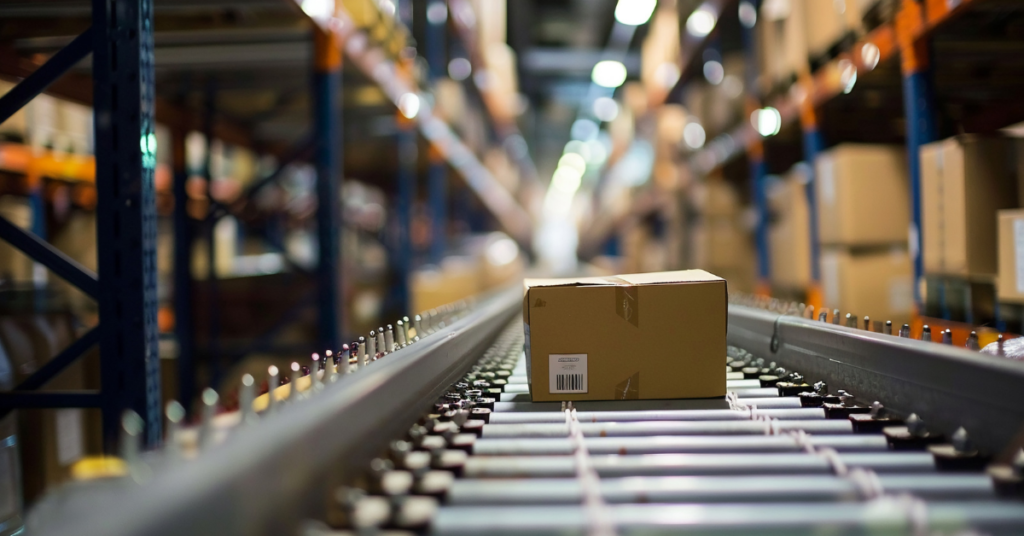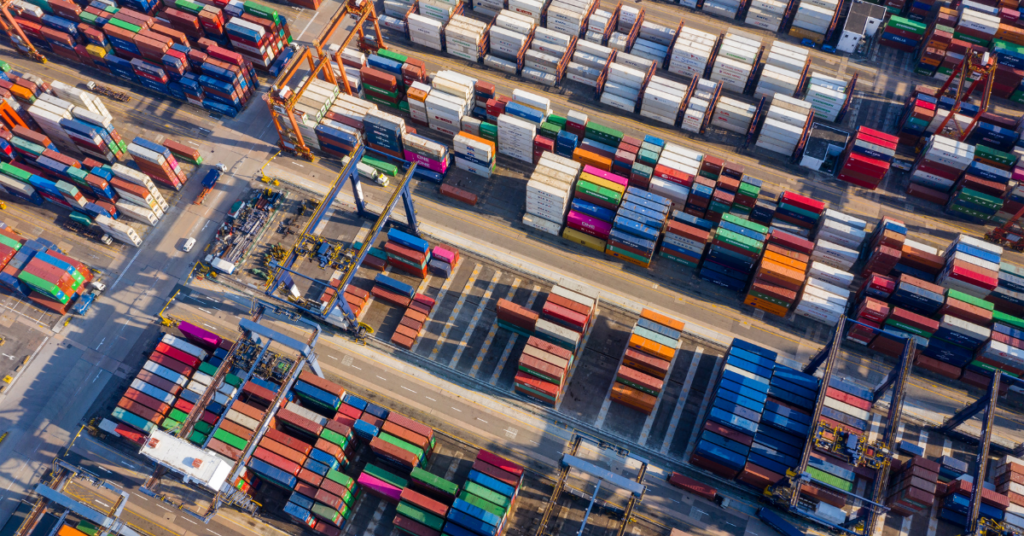If you’re running a DTC brand in 2025, chances are you’ve felt the pressure: longer lead times, rising costs, and pricing strategies that keep shifting. Tariffs have stepped into the spotlight, turning what used to be behind-the-scenes trade policy into a major player in day-to-day operations.
Suddenly, supply chains are messier, margins are tighter, and customer expectations haven’t budged. But here’s the upside: some brands are navigating this storm with surprising agility. In this blog post, we break down the five most significant ways tariffs are shaking up e-commerce and highlight what smart, adaptive teams are doing to stay competitive.
1. Supply Chain Delays Are Crushing Speed to Market

Let’s face it: tariffs are throwing a wrench into the gears of e-commerce supply chains. What used to be a smooth operation now feels like navigating a maze of inspection backlogs, extra paperwork, and customs headaches. Even raw materials aren’t safe from the slowdown.
The Impact
- Longer lead times: What used to take days now takes weeks—or worse, months.
- Material shortages: Tariffs on key raw materials are creating bottlenecks for manufacturers.
- Rising freight costs: With limited capacity, ocean and air freight prices are climbing fast.
For brands relying on just-in-time manufacturing, these delays can be a nightmare. A two-week shipping delay could result in missed trends, unsold inventory, or lost revenue.
What Smart Brands Are Doing
- Mapping lead times: They’re examining every step of their supply chain to identify and eliminate inefficiencies.
- Diversifying suppliers: By working with multiple partners, they’re avoiding bottlenecks in tariff-heavy regions like China.
- Shifting production: Countries like Vietnam and India are becoming go-to alternatives for lower tariff rates.
The takeaway? Being proactive isn’t just smart—it’s survival. Brands that continuously re-evaluate their supply chain strategies are staying ahead of the curve.
2. Pricing Power Is Dwindling
Here’s the million-dollar question: Who eats the cost of tariffs? Do you absorb it and watch your margins shrink, or pass it on to customers and risk losing them?
The Reality
- Absorbing costs = thinner profit margins.
- Passing costs to customers results in higher prices and lower conversion rates.
- Frequent price changes = confused and frustrated shoppers.
Take this example: a DTC brand importing phone accessories saw an 18% cost increase due to tariffs. When they raised prices, conversion rates dropped by 9%. Ouch.
What Smart Brands Are Doing
- Focusing on value messaging: They explain why their product is worth the price, whether it’s due to quality, sustainability, or unique features.
- Bundling products: By offering bundles, they make price increases feel less painful.
- Testing prices: Finding the sweet spot where margins stay healthy without scaring off customers.
Transparency is key here when customers understand the “why” behind price changes, they’re more likely to stick around.
3. Consumer Habits Are Shifting

Tariffs don’t just mess with businesses—they change how people shop. Higher prices are making customers pickier, and loyalty? It’s harder to earn than ever.
The Trends
- Price sensitivity is rising: Shoppers are feeling the pinch across the board, not just in your store.
- Domestic brands are thriving: Lower shipping costs and tariff-free options, which are giving them a competitive edge.
- Loyalty is fragile: Even your most loyal customers might stray if they find a better deal.
This is especially true in categories like apparel, home goods, and electronics. If your product feels out of reach, customers will start looking elsewhere.
What Smart Brands Are Doing
- Doubling down on differentiators: Whether it’s sustainability, design, or mission-driven values, they’re giving customers a reason to stay.
- Investing in retention: Loyalty programs, exclusive perks, and subscription discounts are keeping customers engaged.
- Bringing production closer to home: Local manufacturing appeals to shoppers who prioritize domestic buying.
The brands winning here are the ones that make their value crystal clear.
4. Cash Flow Crunches Are Hitting Harder
Tariffs often mean paying upfront duties before your goods reach the market. For smaller brands, this can feel like a chokehold on cash flow.
How It Affects Brands
- Working capital gets tied up in inventory.
- Reordering flexibility is compromised, resulting in stockouts.
- Growth initiatives stall because there’s no budget left.
For businesses that thrive on speed and agility, these financial constraints can be crippling.
What Smart Brands Are Doing
- Reforecasting cash flow: Weekly or monthly updates help them stay on top of financial constraints.
- Building tariff-inclusive cost models: This keeps working capital projections realistic.
- Negotiating payment terms: Better terms with suppliers ease the upfront burden.
The key here? Data-driven planning. It’s helping brands stay nimble, even when cash is tight.
5. Margins Are Under Pressure Across the Board

Higher costs, price-sensitive customers, and fierce competition are squeezing margins like never before.
The Challenges
- Competitors without tariffs are undercutting prices.
- Big players are absorbing costs thanks to deeper pockets.
- Operational complexity is growing, but many teams are stretched too thin.
What Smart Brands Are Doing
- Auditing operations: They’re finding areas to automate or streamline.
- Investing in flexible supply chains: This reduces the impact of unexpected disruptions.
- Partnering with experts: From cost optimization to efficiency improvements, they’re getting help where it counts.
Optimization isn’t optional anymore—it’s a must.
Building Resilience in a Tariff-Heavy Environment
Tariffs are forcing e-commerce brands to rethink everything—from supply chains to pricing strategies. The good news? With the right approach, you can turn these challenges into opportunities.
At Move Supply Chain, we specialize in helping DTC brands build smarter, more resilient operations. Whether it’s reworking your sourcing strategy, optimizing freight terms, or tracking the right KPIs, we’ve got you covered.
- Download our sister company’s DTC Operations Checklist to assess your setup.
- Subscribe to Unboxed Weekly for actionable tips on supply chain-led growth.
The tariff storm doesn’t have to sink your business. With agility, data, and the right expertise, you can bend without breaking.